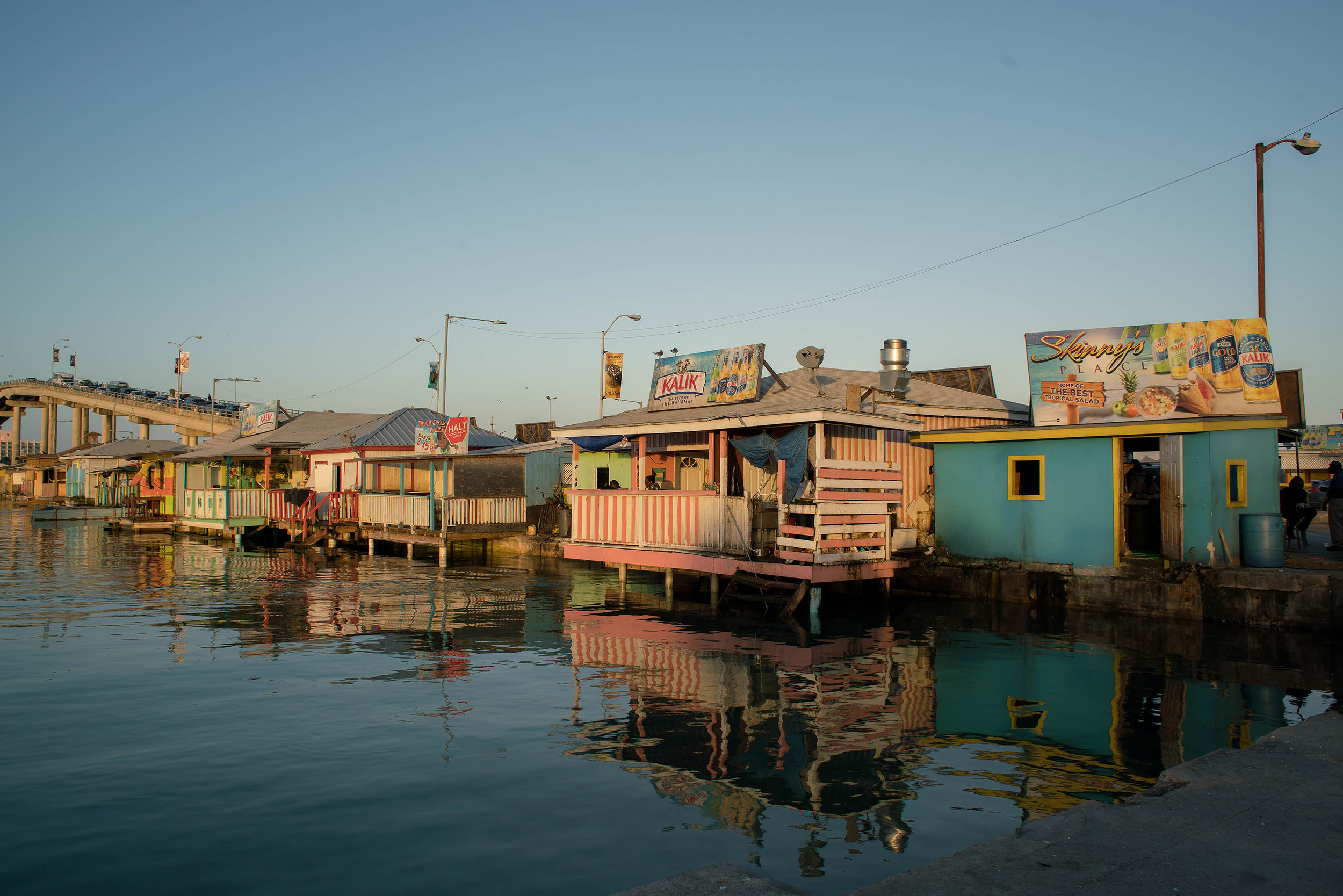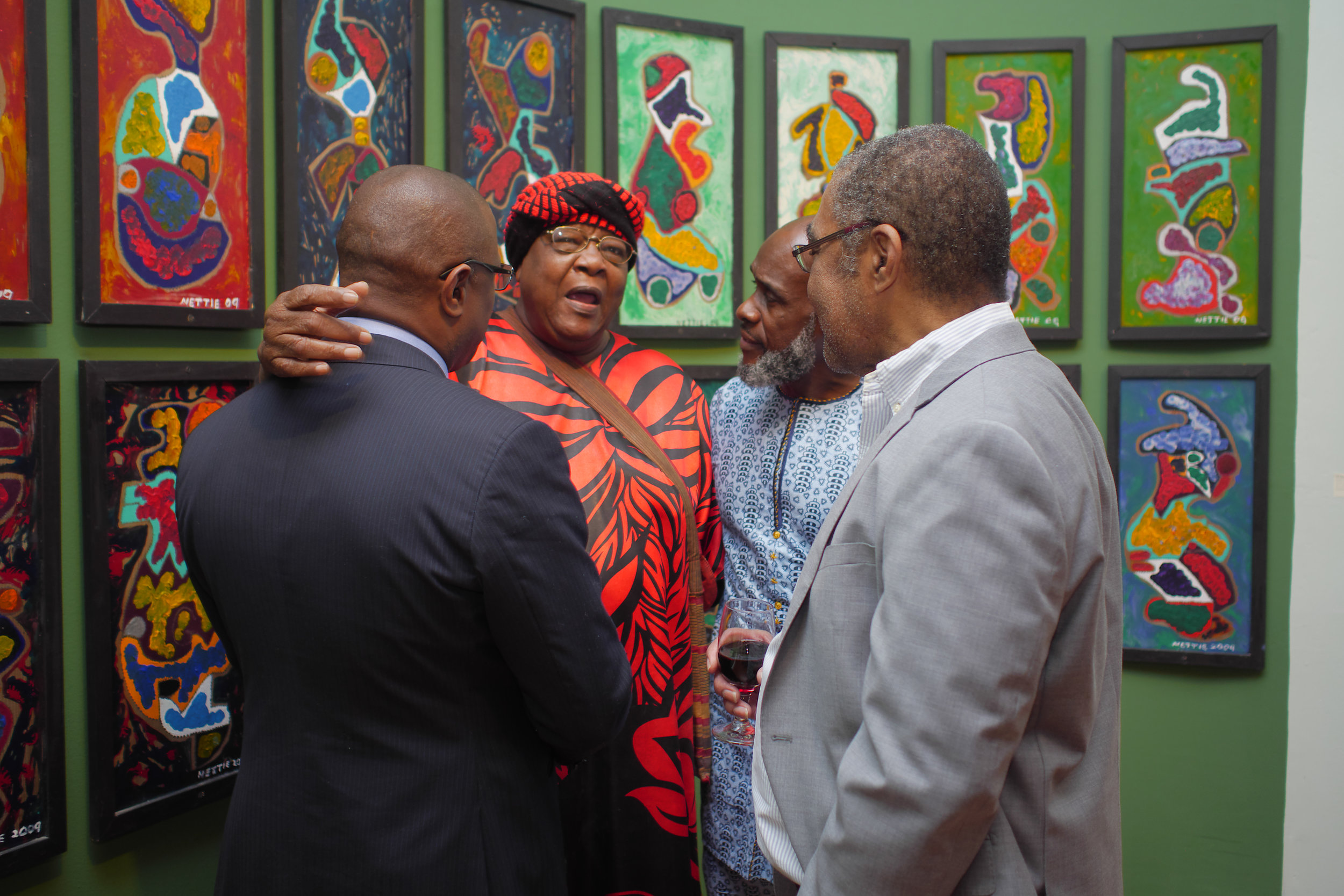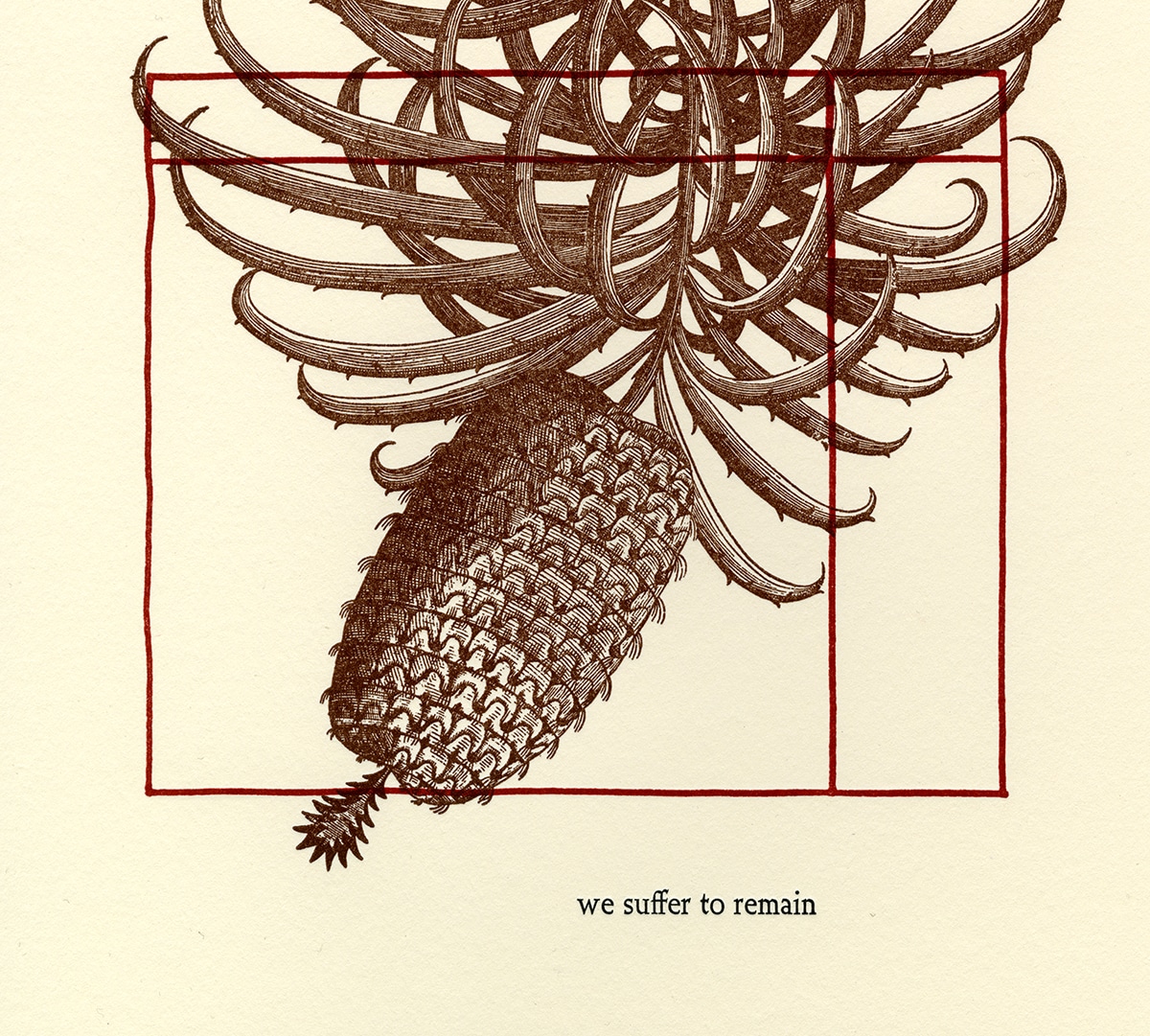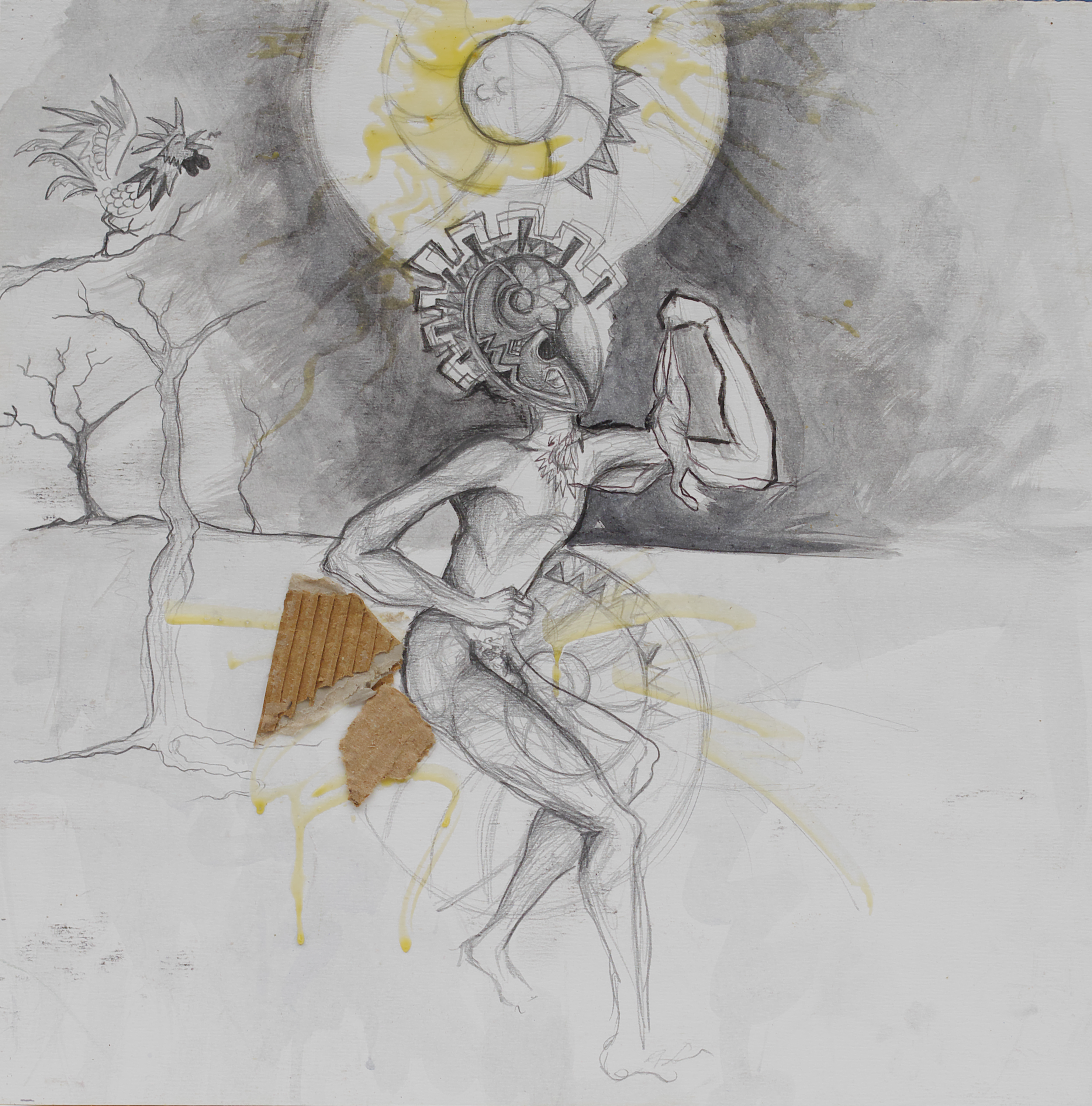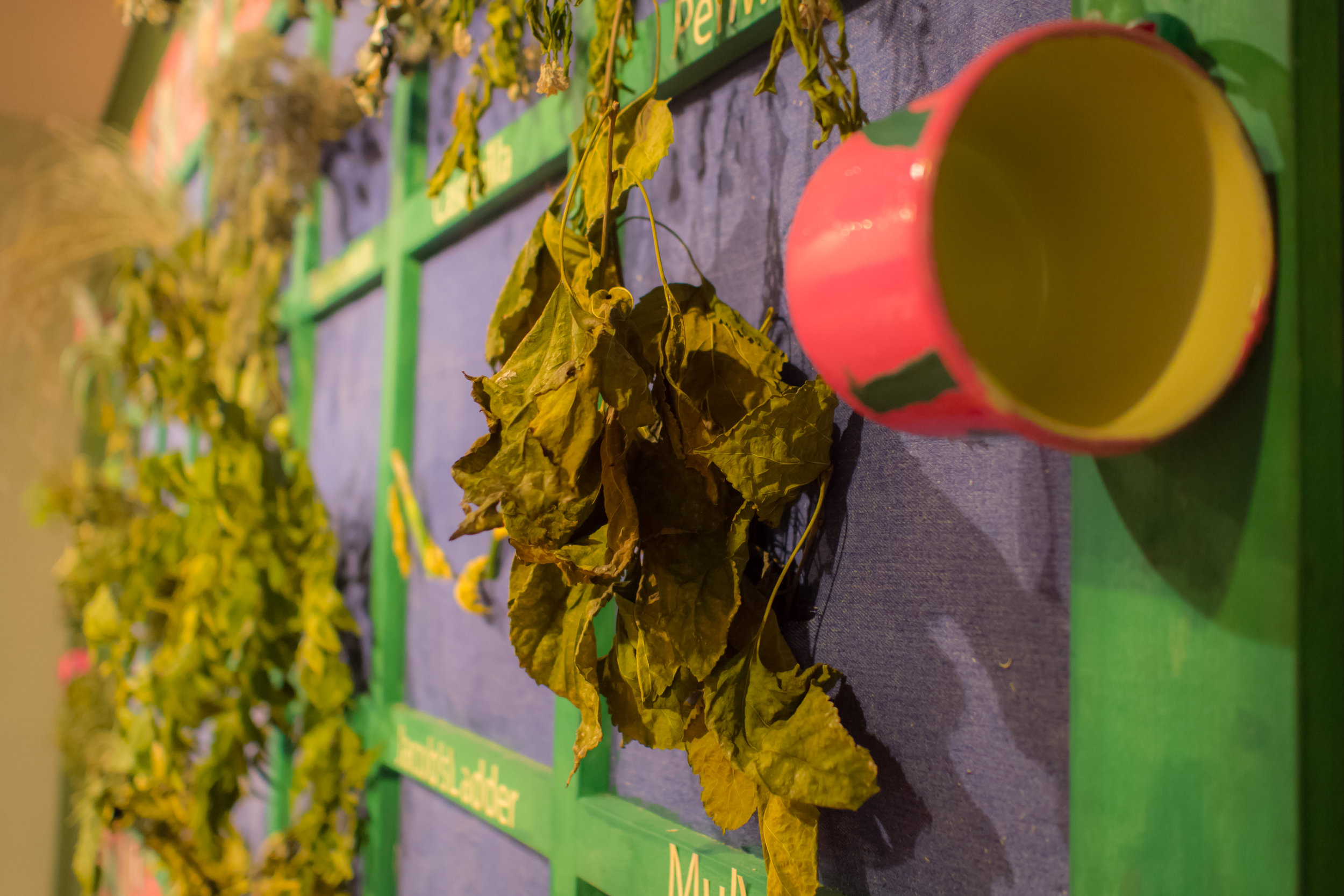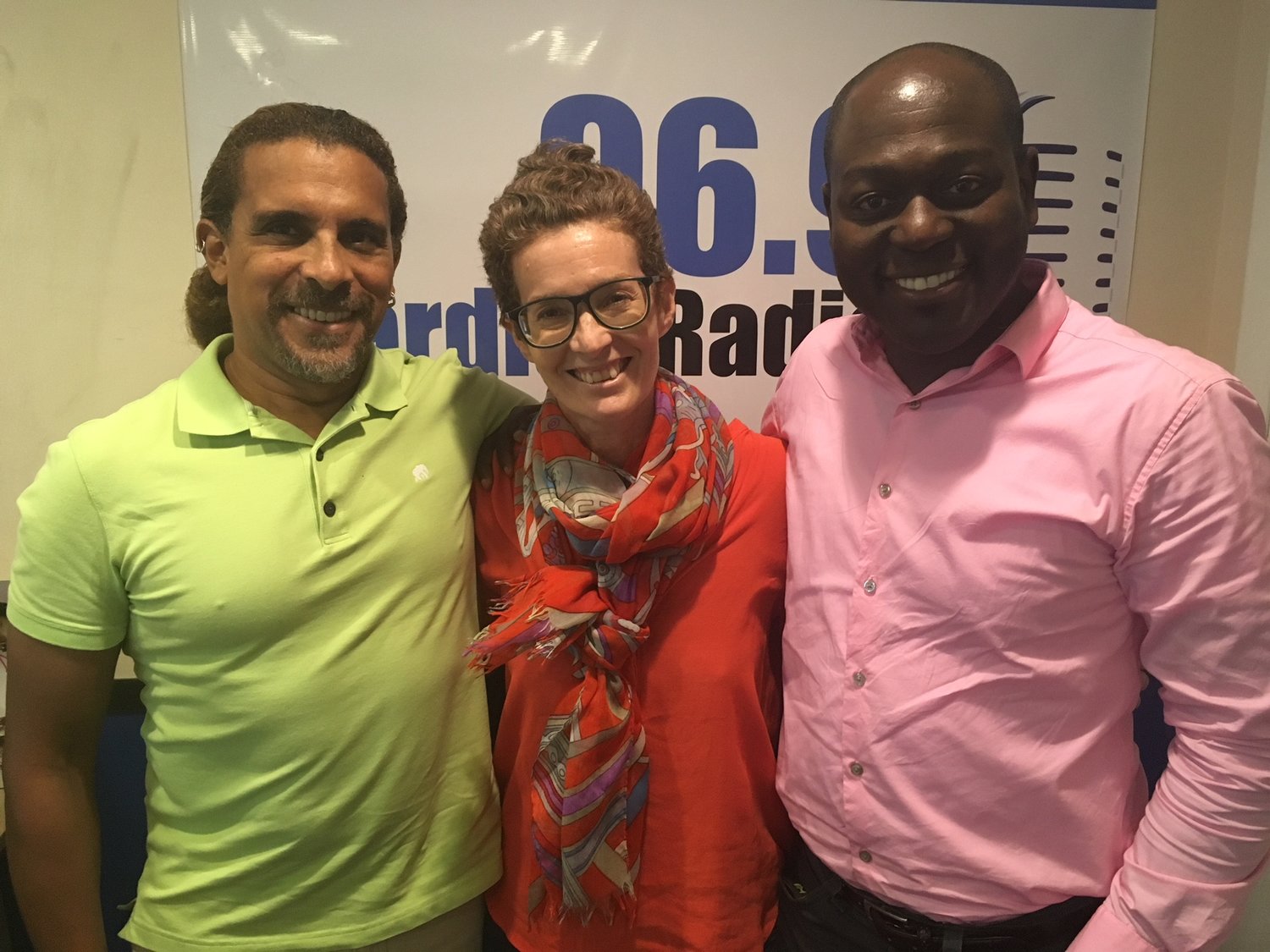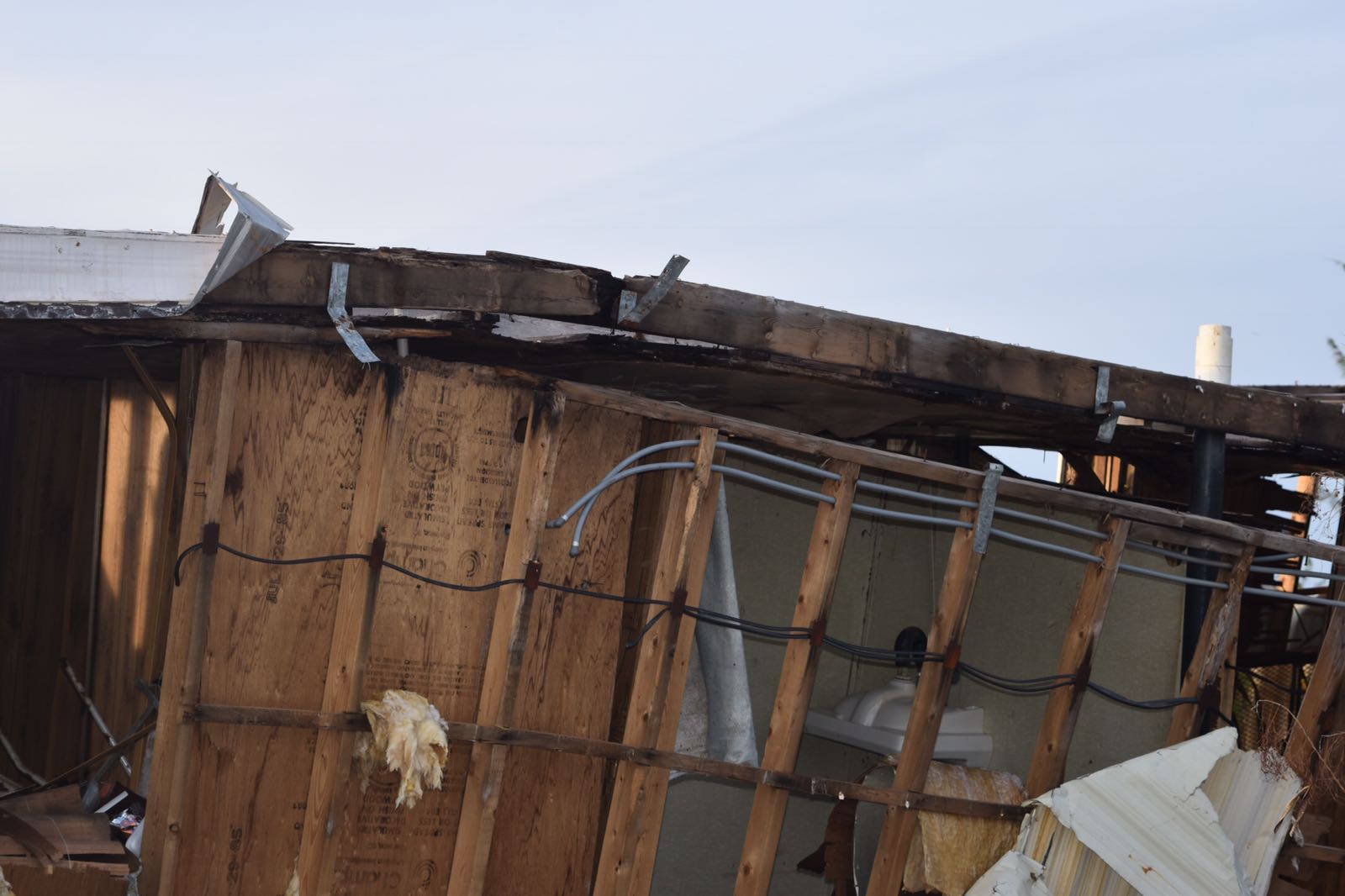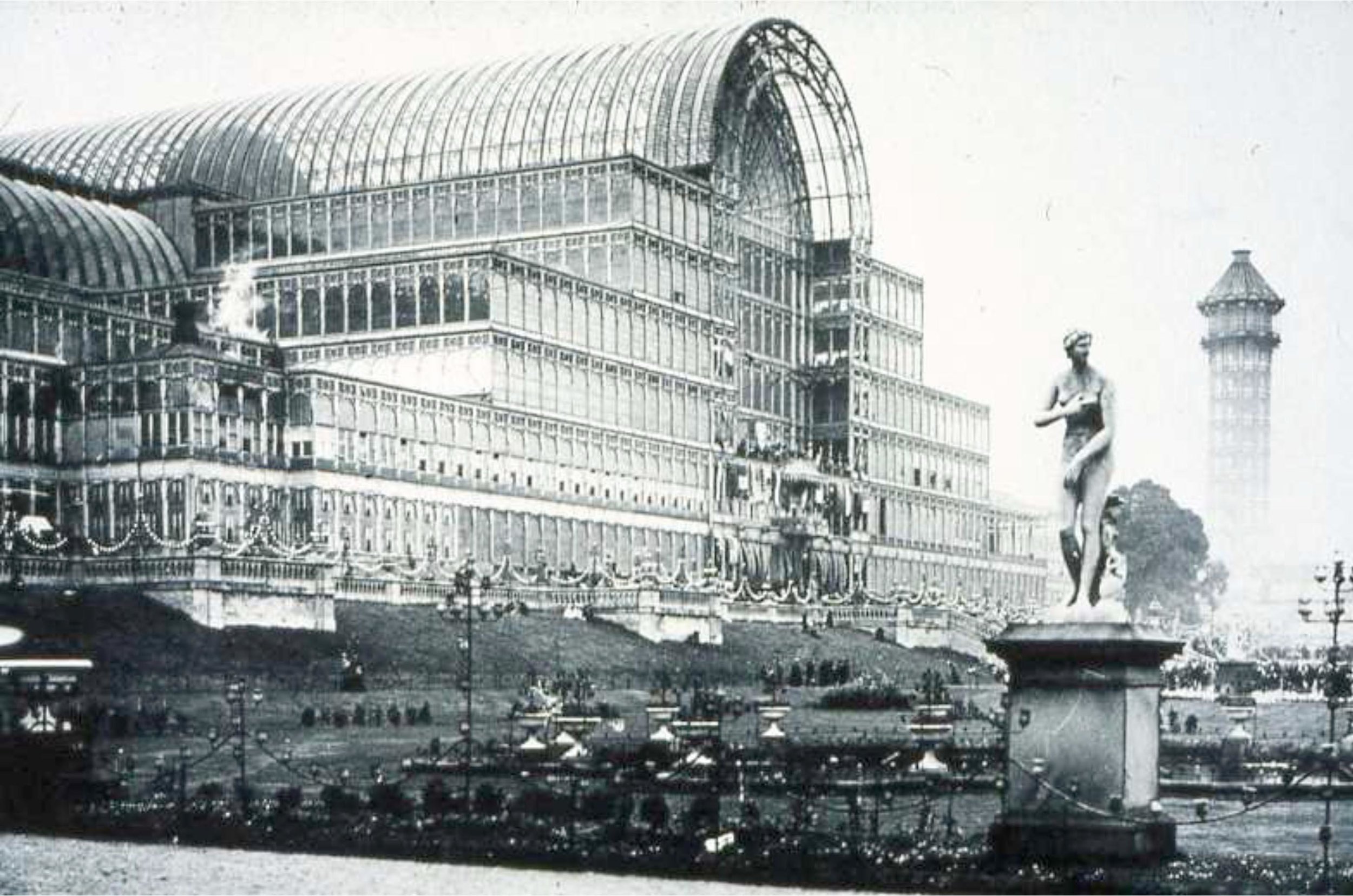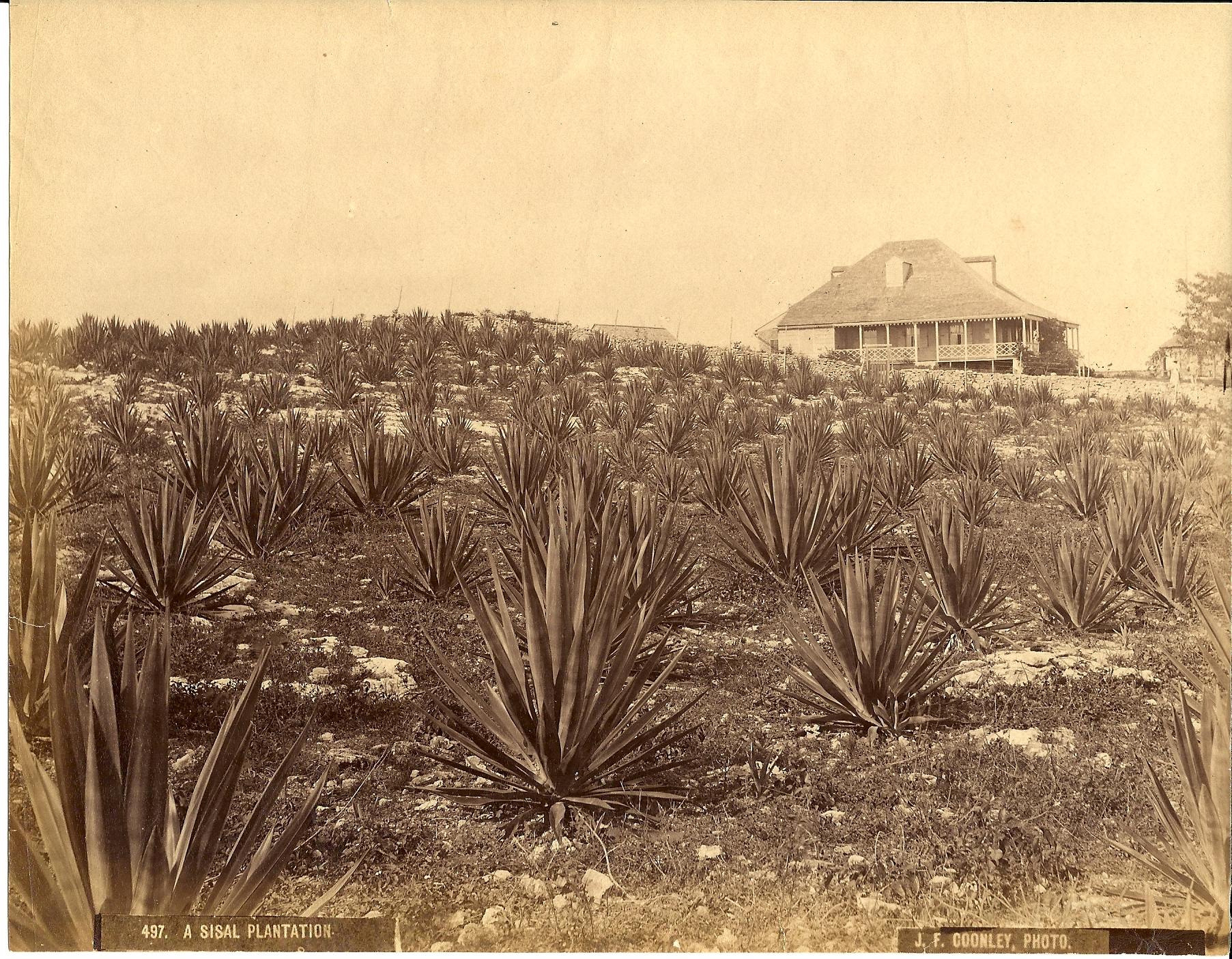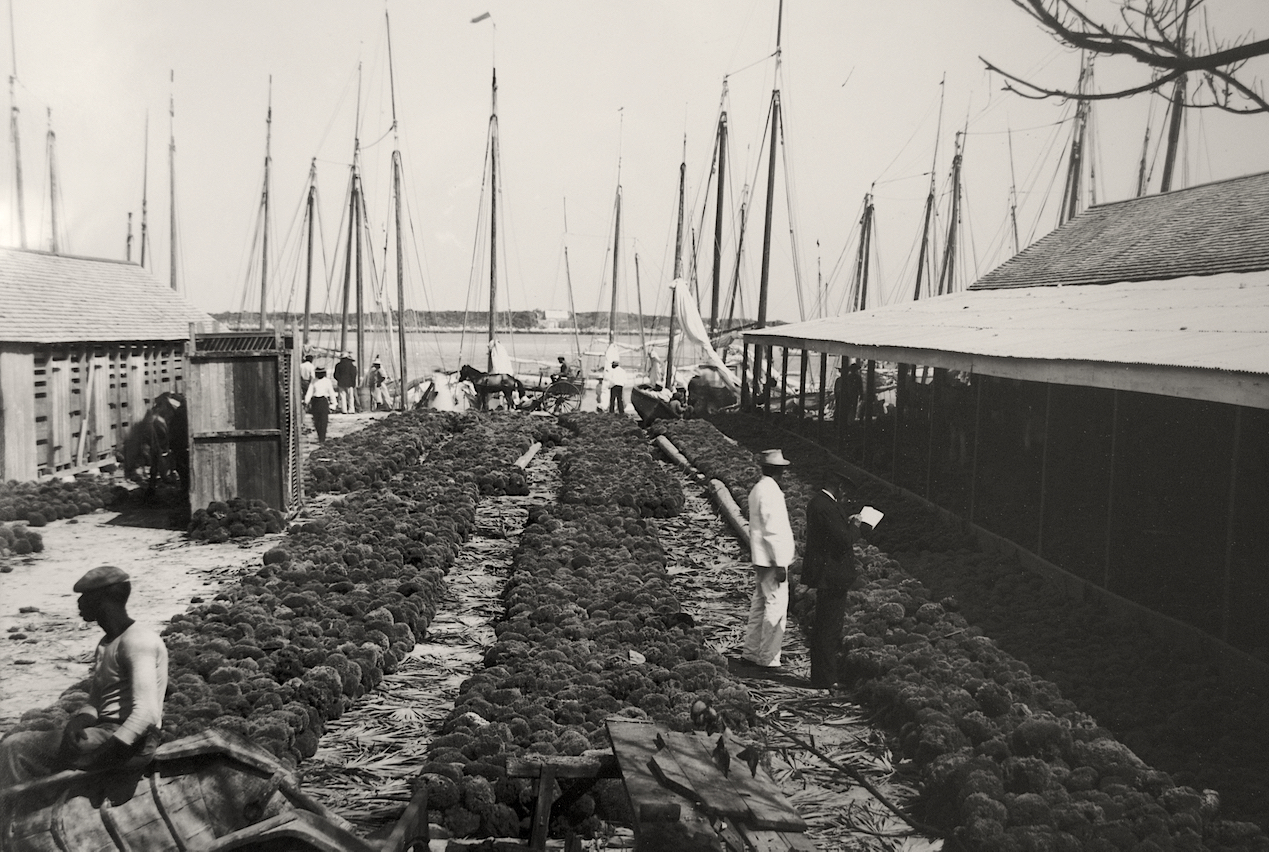By Dr Ian Bethell-Bennett, The University of The Bahamas . “Traversing the Picturesque: For Sentimental Value” provides an invaluable view into the way the islands have been visioned for decades. It is a unique and important show that serves as a historical and current window into a perspective that adds value to our discussions and to how we see ourselves. Working in tandem with “We Suffer to Remain”, both shows provide an incredibly fruitful and open discussion for the cultural materialism and intermateriality cross-materiality that allows deeper and broader understanding of where we live and how we live here. The latter show deals with the loss of tangible and intangible cultural heritage of slavery through erasure. The periphery, the colony where the history physically took place has gutted its memory through a process of deletion and writing over.
All posts tagged: Ian Bethell-Bennett
Speaking of culture: Thinking about change
By Dr Ian Bethell-Bennett, The University of The Bahamas. Over the last few weeks we have been journeying through “Medium: Practices and Routes of Spirituality and Mysticism” and discussing linkages with the upcoming show “We Suffer To Remain”, an international collaboration between the British Council and The National Art Gallery of The Bahamas. Writing this piece from Dubai at the Chamber of Commerce conference for Latin America and preparing for Expo2020 the polemics of culture become more clearly abstracted. So much of our culture and life resides beneath the surface. From time to time it surfaces to be revealed in stunning works of art, vibrant crafts, suggestive and politically critical music, or just fried into a fried-dry piece of chicken. We overlook that we exist in culture and that our culture dictates how we think about who we are and how we respond to a crisis.
Lamenting Slavery: Unearthing our history through art.
By Dr Ian Bethel Bennett. The materiality of art and culture is essential to the experience with art and our understanding of the relationship between space, time and humanity. When we do not see, feel or experience the materiality of space, we tend to ignore its existence. Art can be used to bridge gaps between the materiality of experience and the historical omissions and erasures that leave the space open to deletion, and de-historicisation. Music, similar to art, can speak to a similar materialising of experiences that have been wiped out by the passage of time and the shifting sands of spatial economic change. The disappearance from the mental record of the Nassau Market is a salient example of the vanishing materiality and so the memory of that experience. What remains is a space that has been razed of the material market and so the only vestiges remain. The artistic renderings and musical recitations of that material experience, where women and men walked over Market Street, often through Gregory’s Arch, to sell produce in the market, is what remains.
Majority Rule: A Snapshot of Our Identity
By Dr Ian Bethell-Bennett. The Bahamas, according to the discourse, is a Black country. Majority Rule was established in 1967 and, since then, the language of nationalism has been extremely narrow, exclusive and definitive. Before the power of the majority was inculcated into the halls of Parliament, the language was very different, and usually overlooked the Black population, except as inferior subordinates. However, the face of The Bahamas, while changing, has changed little when seen through messages deployed through art. Yes, art has evolved and developed. The understanding that the Majority are people too, after the end of slavery and the permitting of souls into Black folk was not as earth shattering as one might have expected. The artistic document, though, speaks of differences and similarities of seeing and unseeing that depends little on one’s majority or minority status, but rather on the depth and wealth of one’s artistic practice. Many artists chose to include the more comprehensive and complete vision and voice of The Bahamas. Some chose to ignore or exclude. The nationalist discourse chose to do the latter.
The Power of Imprisonment through language: The Eye for the Tropics and Majority Rule in The Bahamas
By Dr Ian Bethell Bennett. “We believe that rape is a private matter and that women are inherently unequal.” As 2017 passed into memory this last week, it seems important to think about how we see ourselves in the future. Spirituality could play a large part in this vision, or we could simply choose to continue along what seems to be a road paved with consumerist joy. The paradise myth is part and parcel of that consumerism: where beaches and bodies of paradise that we need to survive can be bought, sold, bartered, negotiated away and given to other sovereign states for their own devices. The opening of “Medium: Practices and Route of Spirituality and Mysticism” at the National Art Gallery of The Bahamas (NAGB) on December 14, 2017 presented a moment for reflection, but also for a new focus. When we can celebrate Bahamian ‘masters’ Tony McKay aka “Exuma” or “The Obeah Man,” Amos Ferguson, Wellington Bridgewater and Netica “Nettie” Symonette, along with a boat-load–used intentionally–of other artists, we are saying that perhaps we are changing the way we see ourselves.
Blank Canvas with Michael Edwards and Dr Ian Bethell-Bennett
Today on “Blank Canvas,” host Amanda Coulson is joined by returning guests Michael Edwards, UB Art Faculty and co-host of “Blueprint for Change” and Dr. Ian Bethell-Bennett, Associate Professor at the University of The Bahamas, who expound on Expo 2020 Dubai and the opportunities afforded young Bahamians through this initiative.
If an Entire Population Moves, Is It Still a Nation?: Post-Irma and Post-Colonial Devastation
By Dr Ian Bethell-Bennett. A few weeks ago, this question was asked in a column that focused on the death of legendary artist Sam Shepard. Today, I ask this question again in the wake of Hurricane Irma’s devastation to the map of Bahamianness and Caribbeanness. As a people who survived the reality and the legacy of slavery and resettlement, we do not take time to process our grief. We do not sit and ponder! We do not have time. Our lives are so often predetermined by external forces that are both visible and invisible to the eye that we are always moving. What has occurred over the last two weeks is mostly invisible, aside from the obvious and daunting structural and spatial devastation we see on the surface.
Internationalising The Bahamas and its Orange Economy: Creating industries for the 21st Century
By Dr Ian Bethell Bennett. According to the governor of the Central Bank of The Bahamas, John A. Rolle: “The Concept of Orange Economy been around for 20 years. All sectors whose goods and services are based on [Intellectual Property], Architecture, Art… [this is the] [e]volving space of creativity. . . 4.3 trillion dollars [are spent in it] 2/12 times military expenditure”… London, New York, Miami, all bring in millions a year from the Creative Industries. This is where the growth is in the economy; it is not in the imports that drain the cash from the national coffers. Shakespeare in Paradise is a tremendous example of the local Orange Economy. As the world advances into a service-oriented economy, where more people enjoy entertainment outside of their homes, or entertainment that they can access through the World Wide Web, we also stand to gain access to untapped markets. However, we, as the people of The Bahamas, have to be there. Currently, we are not.
Living in the Shadows of Empire: Territories of Dark and Light
Remembering our past – navigating our shadowy future. Dr. Ian Bethell-Bennett explores the commonalities of post-colonial countries in last Saturday’s “Arts and Culture.”
The Culture of Space: Places for Art
By : Dr Ian Bethell-Bennett
The post office stands at the top of Parliament Street on East Hill street, a monument to 1970s development. It stands now condemned. The Churchill building stands condemned, much like the Rodney Bain Building on the verge of Parliament Street Hill on the way to the post office. Condemned buildings populate the city of Nassau. The shift has been rapid; from a thriving colonial backwater settled by administrators and Loyalists to a post-colonial shadow of colonial rule, to a derelict city of decay. This shift has been enormous.
